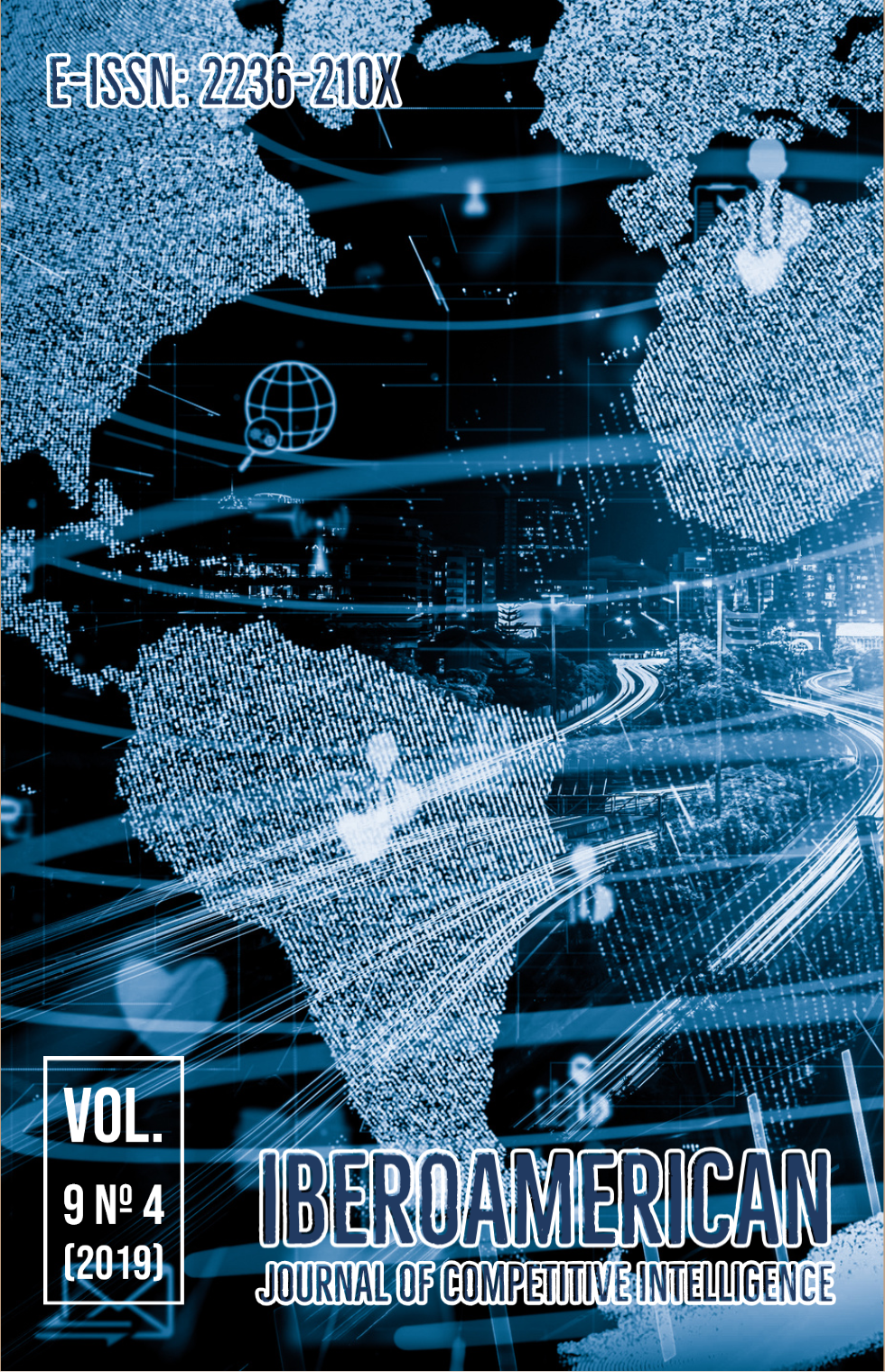Abstract
A complexidade e a frequências dos conflitos no ambiente educacional exigem competências, conhecimentos e habilidades dos líderes e gestores escolares e professores. Muito presente nas grandes empresas industriais e financeiras, o gerenciamento voltado a resolução de conflitos ganha cada vez mais espaço no setor educacional, como, por exemplo, entre os gestores das Instituições de Ensino Superior nos Estados Unidos e nos debates preliminares da Base Nacional Comum da Formação Docente no Brasil (BNCC), do qual um dos objetivos principais é estabelecer as bases filo-educacionais para o desenvolvimento integral docente na formação inicial e continuada dos professores da Educação Básica, incluindo as dimensões intelectual, física, social, emocional e cultural. Assim, busca-se analisar qual a relação da formação docente com a importância do gerenciamento de resolução de conflitos para as organizações que buscam inovação e competitividade. Nesse caso, se torna imprescindível debater qual método de resolução de conflitos estamos falando. O Método de Negociação de Harvard recepciona o conflito nas organizações e quebra com o paradigma do uso da força e do pensamento maniqueísta no seu gerenciamento através dos seguintes debates: problemas e pessoas, interesses e posições e pensamento fixo e opções. No lugar do reducionismo, procura-se, logo, estabelecer uma postura ética na resolução de conflitos condizente com o desenvolvimento integral dos gestores escolares e dos professores previsto na BNCC.
References
AL-Shourah, A. A. S. (2015). The Impact of Conflict Management on Organizational Effectiveness (A Case Study: Ministry of Higher Education of Jordan). European Journal of Business and Management. 7(36), 75-85.
Brasil. Ministério da Educação (2019). Conselho Nacional de Educação. 3ª versão do Parecer (Atualizada em 18/09/19). Diretrizes Curriculares Nacionais e Base Nacional Comum para a Formação Inicial e Continuada de Professores da Educação Básica. Retrieved from http://portal.mec.gov.br/index.php?option=com_docman&view=download&alias=124721-texto-referencia-formacao-de-professores&category_slug=setembro-2019&Itemid=30192
Cavallari Filho, R. (2019). Com Ítaca na mente: em busca dos sentidos do ensino. 1ª ed. Marília: Poiesis.
Christensen, C. M. & Raynor, M. E. (2013). The Innovator's Solution: Creating and Sustaining Successful Growth. 1ª ed. Cambridge: Harvard Business Review Press.
Fisher, R. & Ury, W. (2018). Como chegar ao sim: como negociar acordos sem fazer concessões. Ed. revis. e atuali. Rio de Janeiro: Sextante.
Garbelini, V. de A. P. (2016). Negociação e conflitos. 1ª ed. Curitiba: Intersaberes.
Gardner, L. (Org.) (2019). Preparing for Tough Conversations: How to Set the Stage for Major Change on Your Campus. The Chronicle of Higher Education. Reports & Guides. Fevereiro, 1-28.
Kahneman, D. (2011). Thinking fast and slow. 1ª ed. New York: Farrar, Straus and Giroux.
Kim, K. L., Jackson, Y., Conrad, S. M., & Hunter, H. L. (2008). Adolescent Report of Interparental Conflict: The Role of Threat and Self-blame Appraisal on Adaptive Outcome. Journal Child and Family Study, 17,735–751.
Kim, T.Y., Wang, C., Kondo, M. & Kim, T.H. (2007). Conflict management styles: East Asia differences. International Journal of Conflict Management, 18, 23-41.
Lindstrom, M. (2017). A lógica do consumo: verdades e mentiras sobre por que compramos. 1ª ed. Rio de Janeiro: Harper Collins.
Maslow, A. H. (1997). Motivation and Personality. 3ª ed. New York: Pearson.
Maslow, A. H. (2013). A Theory of Human Motivation. 1ª ed. New York: Start Publishing.
Nicholls, M. E. R., Churches, O. & Loetscher, T. (2018). Perception of an ambiguous figure is affected by own-age social biases. Scientific Reports. 8(1), 1-5. https://doi.org/10.1038/s41598-018-31129-7
Pisano, G. (2019). Creative Construction: The DNA of Sustained Innovation. 1º ed. New York: Public Affairs.
Robertson, D. (2017). The Power of Little Ideas: A Low-Risk, High-Reward Approach to Innovation. 1ª ed. Cambridge: Harvard Business Review Press.
Soros, G. (1998). The crisis of global capitalism: open society endangered. 1ª ed. New York: Public Affairs,.
Stallkamp, T. T. (2006). Score! - Um jeito melhor de fazer negócios do conflito à colaboração. 1ª ed. São Paulo: Bookman.
Authors who publish with this journal agree to the following terms:
1. Authors who publish in this journal agree to the following terms: the author(s) authorize(s) the publication of the text in the journal;
2. The author(s) ensure(s) that the contribution is original and unpublished and that it is not in the process of evaluation by another journal;
3. The journal is not responsible for the views, ideas and concepts presented in articles, and these are the sole responsibility of the author(s);
4. The publishers reserve the right to make textual adjustments and adapt texts to meet with publication standards.
5. Authors retain copyright and grant the journal the right to first publication, with the work simultaneously licensed under the Creative Commons Atribuição NãoComercial 4.0 internacional, which allows the work to be shared with recognized authorship and initial publication in this journal.
6. Authors are allowed to assume additional contracts separately, for non-exclusive distribution of the version of the work published in this journal (e.g. publish in institutional repository or as a book chapter), with recognition of authorship and initial publication in this journal.
7. Authors are allowed and are encouraged to publish and distribute their work online (e.g. in institutional repositories or on a personal web page) at any point before or during the editorial process, as this can generate positive effects, as well as increase the impact and citations of the published work (see the effect of Free Access) at http://opcit.eprints.org/oacitation-biblio.html
• 8. Authors are able to use ORCID is a system of identification for authors. An ORCID identifier is unique to an individual and acts as a persistent digital identifier to ensure that authors (particularly those with relatively common names) can be distinguished and their work properly attributed.





